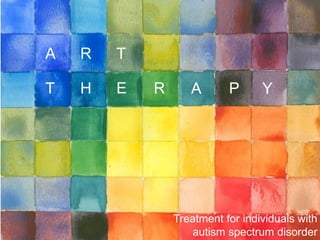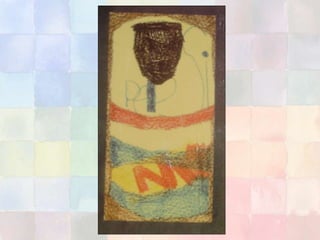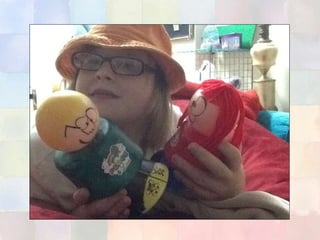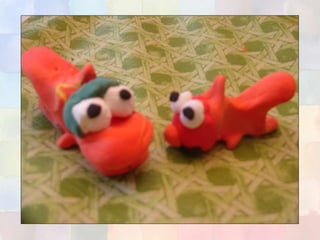Art therapy can help individuals with autism spectrum disorder in several ways. It allows for increased self-expression, fosters intellectual development, and helps integrate emotions. Additionally, art therapy develops communication skills and helps build relationships.




























